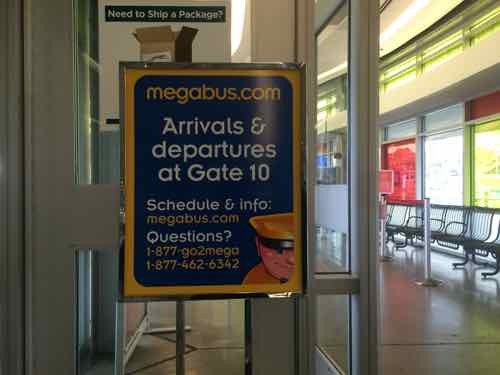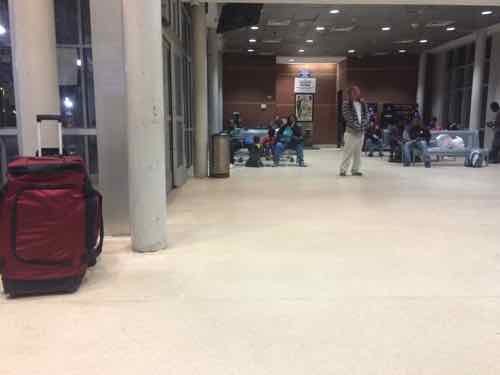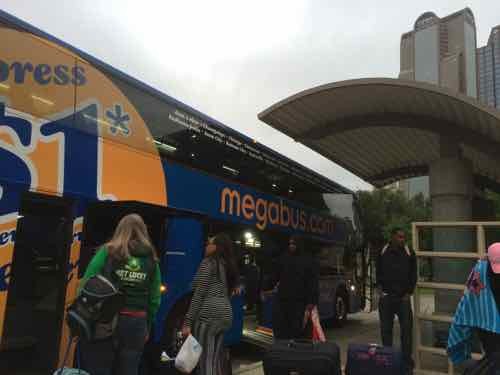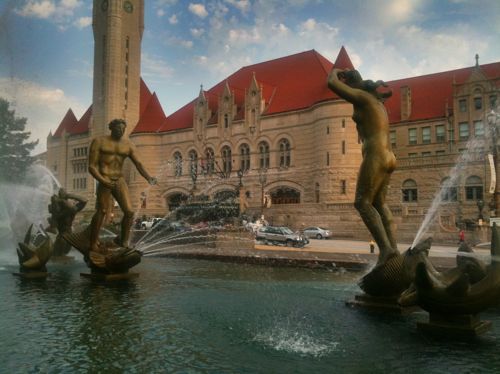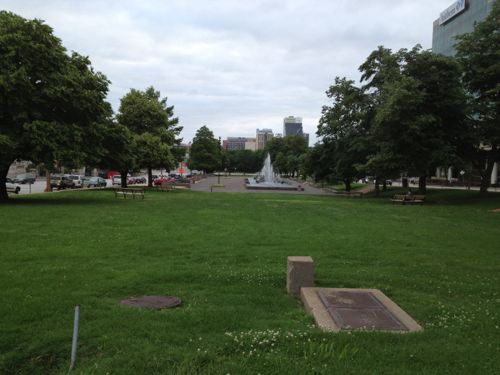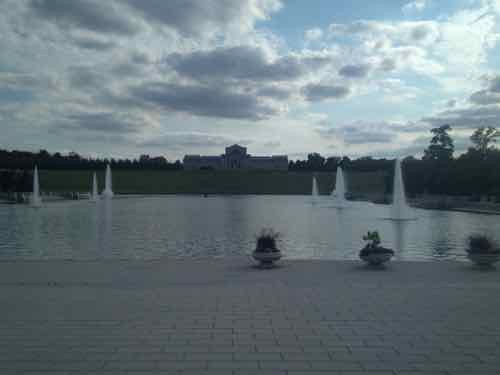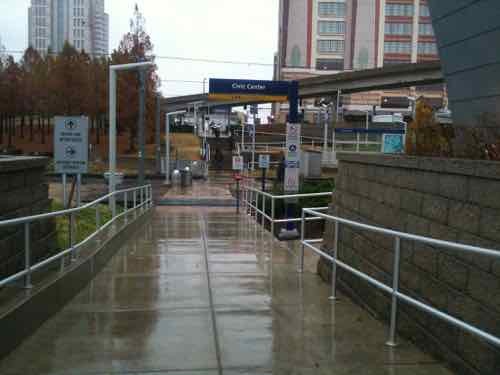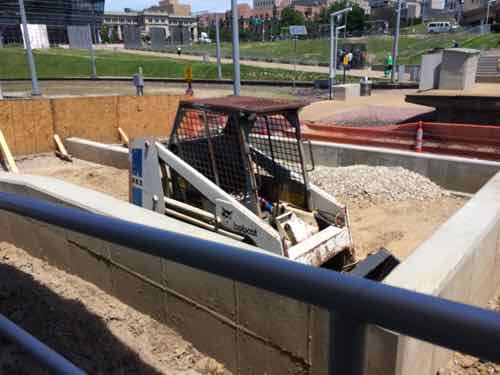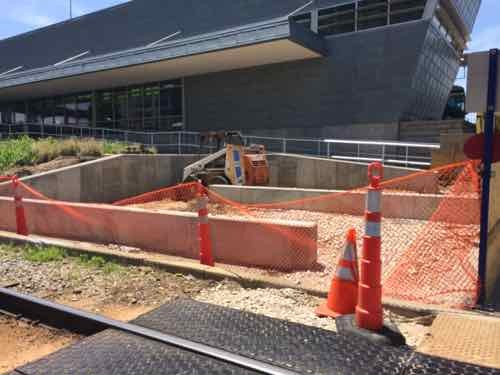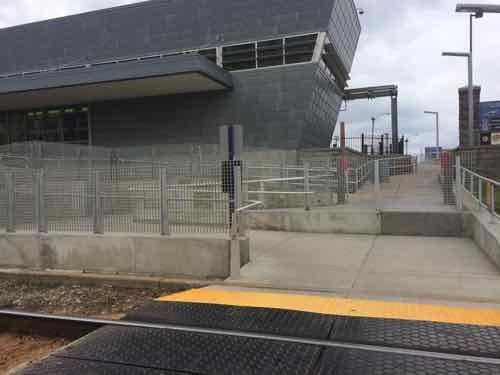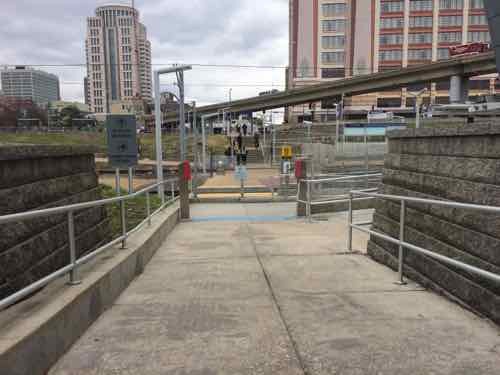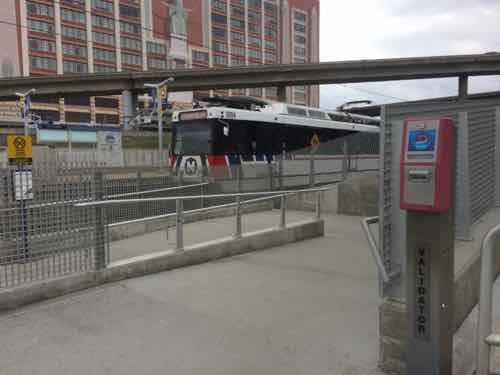Northside-Southside Light Rail Wouldn’t Be Good For St. Louis Neighborhoods
Lately I’ve been hearing people wanting the build the long-planned Northside-Southside MetroLink lines. While I’m a huge advocate of public transit, rail transit in particular, this would ultimately be a costly disaster for St. Louis’ neighborhoods.
For the Northside corridor, the preferred transit alternative was a MetroLink line running from downtown St. Louis north by using rights-of-way along several streets including 14th Street, Natural Bridge Avenue, and West Florissant Avenue into North St. Louis County. Two potential preferred alternatives were selected for the Southside corridor. One was a MetroLink extension from downtown St. Louis running south using rights-of-way within 14th Street, Chouteau Avenue, the Union Pacific Railroad track and along I-55. The other possible design was a Bus Rapid Transit system from downtown south via Market Street, Grand Boulevard, to rights-of-way alongside the Union Pacific Railroad track and Loughborough Avenue, then via I-55 to South St. Louis County. (Northside-Southside Overview)
Here’s what I think these people don’t understand:
- This would be a completely separate system from our existing light rail — Northside-Southside would use different vehicles & track. An existing line coming from the airport, for example, wouldn’t be able to run into south city. Passengers would need to exit the older high-floor light rail vehicles at the Civic Center MetroLink station and walk to 14th Street to board the new line. Fares could be integrated, but physically separate otherwise.
- The vehicle type used would be the same as the proposed St. Louis Streetcar. These are modern vehicles and are an excellent choice. When used as “light rail” they operate in dedicated right-of-way (ROW) with far fewer stops so as to achieve desired speeds end to end. As streetcars they stop much more frequently, putting more people closer to a stop. The tracks can be crossed easily by pedestrians & motorists. Connectivity, not speed, is the priority.
- The goal for Northside-Southside was to end at large park-n-ride lots and get suburbanites through “scary” city neighborhoods and into downtown as quickly as possible. Stops would be over a mile apart.
- To achieve necessary speeds the number of conflict points between rail & autos/pedestrians would need to be greatly reduced. This is accomplished by building a median down the center of the road (Natural Bridge, Jefferson) with very few points to cross. That left turn you used to make would become impossible, as would walking across the street at all but a few points.
- Property along the routes would need to be taken, some buildings razed. This is because creating a dedicated ROW takes lots of room — more than even our generous ROWs have to offer.This light rail ROW would act similar to a highway — dividing the neighborhoods on either side in an effort to rush people through as quickly as possible.
These are not positives for the neighborhoods, unless you live near one of the few stops it won’t be useful to residents.
We don’t have any examples of light rail in the center of a road, so we need to look elsewhere. In 2012 I visited Dallas and rode their Blue Line south in the center of Lancaster Rd.
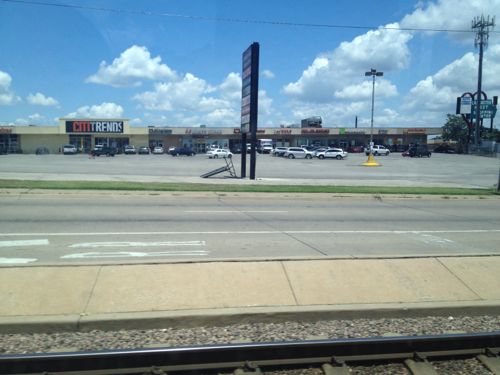
All of my photos are from inside the light rail car or at the stations. To understand you you need to view from outside. Short of a personal visit, you can look at Google’s Street View.
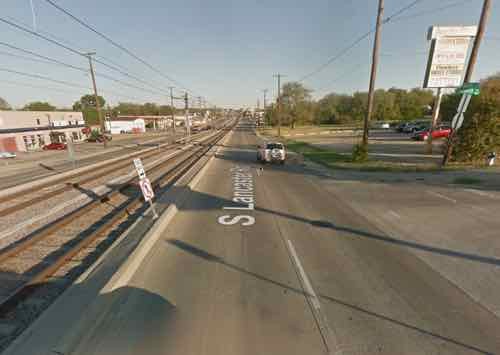
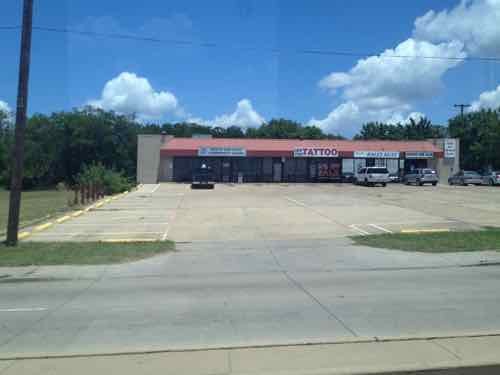
Light rail doesn’t appear to have spurred any development in the 18 years it has been open. The rail vehicles, however, do move at a high speed between stations. Success depends on your goals.
What the St. Louis neighborhoods North & South need is an investment in excellent localized rail transit — streetcars. Again, the vehicles are virtually identical — it is the design of the track and number of stops that make the difference. To me, the South/Jefferson County person driving downtown is likely to just stay on I-55 to reach their destination — we shouldn’t design this to persuade them to exit the highway and park in a big parking lot.
We should design & invest in infrastructure that brings the neighborhoods together, that helps local merchants. Light rail is the wrong choice, streetcars is the best rail choice. If you’re opposed to MoDOT’s plans for Gravois you should be opposed to creating a light rail ROW in the middle of our major aerials.
— Steve Patterson
